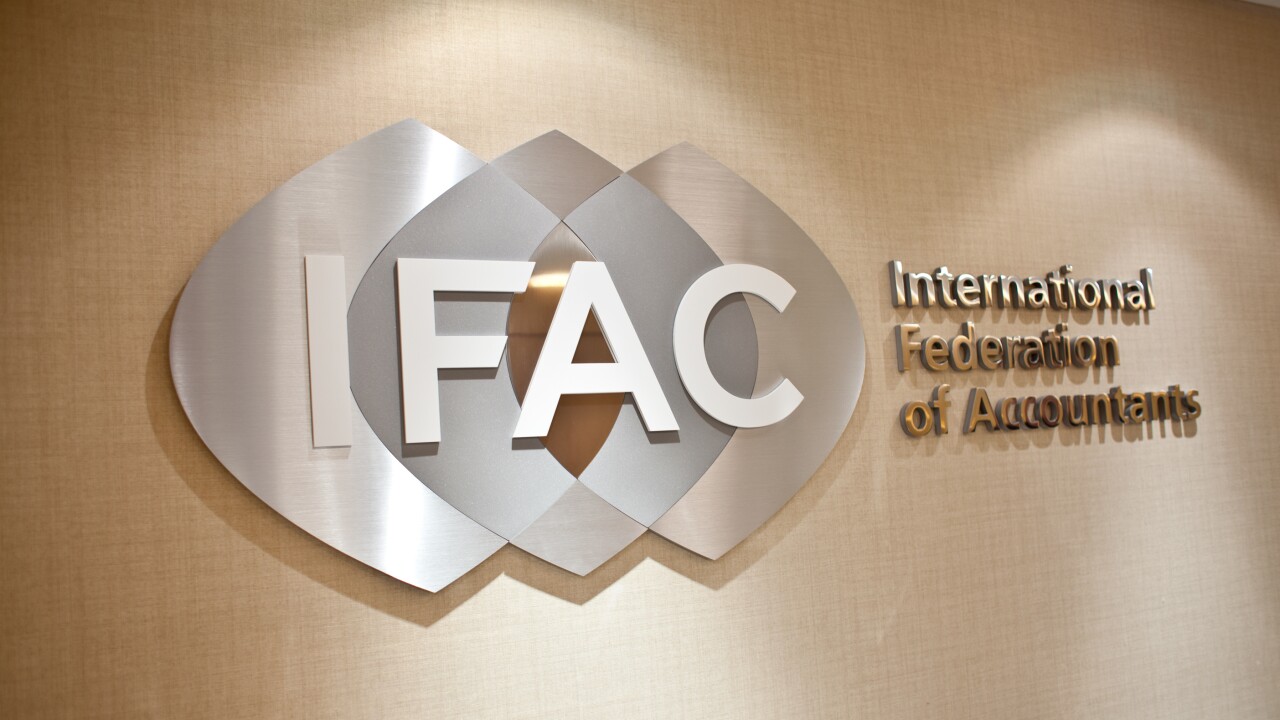As we stand at the threshold of a new financial paradigm, on-chain accounting emerges as a cornerstone, particularly within the realm of
Stablecoin Standard was created to share best practices for stablecoin issuers globally and set a minimum industry standard to alleviate interoperability challenges. Verifiable on-chain recordkeeping and accounting are fundamental elements on which mass adoption will depend. Once good business practices and standards are embedded into this technology, the work of regulators and policymakers becomes simpler, and in turn we would expect to see more businesses using blockchain technology, with stablecoins as the primary medium of exchange.
A transparent ledger, the backbone of trust
One of the most significant advantages of on-chain accounting is its inherent transparency. Every transaction is recorded on a public ledger, accessible to anyone with an internet connection. This level of visibility ensures all financial activities are conducted in a transparent manner, eliminating the opacity that has plagued traditional financial systems.
In the context of stablecoins, this transparency is even more crucial. Stablecoins, pegged to stable assets like fiat currencies, rely heavily on trust. Investors and users need to be assured their stablecoins are backed by real assets. On-chain accounting provides this assurance by allowing real-time verification of reserves and transactions. This not only builds trust but significantly reduces the risk of fraud and mismanagement.
The role of smart contracts
Smart contracts play a pivotal role in the future of on-chain accounting. These self-executing contracts, with the terms of the agreement directly written into code, automate and enforce the terms of financial transactions without the need for intermediaries. In the stablecoin market, smart contracts can be used to automate compliance, settlement, and reporting processes, further enhancing transparency and efficiency.
Imagine a scenario where every transaction involving a stablecoin is automatically recorded, audited and reported by a smart contract. This level of automation not only reduces operational costs but also minimizes human error and the potential for fraud. The result is a more reliable and trustworthy financial ecosystem.
Building a trustworthy ecosystem
The trustworthiness of on-chain accounting extends beyond mere transparency. It also encompasses security and immutability. Once recorded on the blockchain, transactions cannot be altered or deleted. This immutability ensures that the financial history of stablecoins is preserved and can be audited at any time.
Moreover, blockchain's decentralized nature means there is no single point of failure. This enhances the security of financial data and reduces the risk of systemic failures that are common in centralized financial systems. For stablecoins, this decentralization ensures the backing assets are secure and that the stablecoins maintain their peg, even in times of market turbulence.
Bridging on-chain and off-chain data
While on-chain accounting may seem far off into the future, the innovative infrastructure is something providers and accountants are building today. Stablecoin issuers can grant access to off-chain data to their independent accountant, preserving privacy and adding a layer of independent validation. Then, with the proper technology, these accountants can expose this off-chain bank data, such as reserve balances, CUSIPs and maturity dates via API to Oracle networks such as Chainlink, which then publishes data on-chain.
Theory has moved into practice with stablecoin issuers, such as STBT, a treasury-backed stablecoin, whereby reserve data is exposed via API by an independent accountant and published on-chain. You can see for yourself on the STBT smart contract or via Chainlink's data feed page:
Real-world applications and future prospects
The adoption of on-chain accounting in stablecoin markets is not just a theoretical concept; it's already being implemented by forward-thinking companies and financial institutions. These pioneers are leveraging blockchain technology to create more transparent, efficient and trustworthy financial products.
As regulatory frameworks around digital assets continue to evolve, the role of on-chain accounting will become even more critical. Regulators are increasingly recognizing the benefits of blockchain's transparency and are likely to mandate its use for compliance and auditing purposes. This will further cement on-chain accounting as the standard for financial reporting in the digital age.
The future of on-chain accounting in stablecoin markets is bright. By harnessing the transparency, security and efficiency of blockchain technology, on-chain accounting is set to revolutionize the way we engage with digital finance. As stablecoins become the bedrock of on-chain commerce, the principles of transparency and trustworthiness will be paramount, ensuring a robust and resilient financial ecosystem for the future.
In embracing on-chain accounting, we are not just adopting a new technology; we are laying the foundation for a more transparent, trustworthy and efficient financial system. The future of finance is on-chain, and the journey has only just begun.





